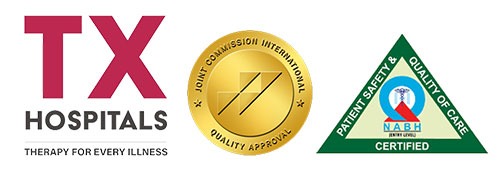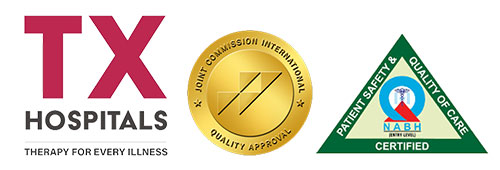- myhomeHome
- About Us
- Centre Of Excellence
- Cardiac Sciences
- Neuro Sciences
- Renal Sciences
- Gastro Sciences
- Oncology
- Orthopaedics & Rheumatology
- Internal Medicine
- Mother & Child Care
- Anaesthesia and Pain Management
- Dermatology & Cosmetic Care
- Eye / Opthomology
- Dental and Maxillofacial Care
- Endocrinology
- Transplant Medicine
- Pulmonology
- Robotics Sciences
- ENT
- Patients & Visitors
- Facilities
- Contact Us
- Follow Us On:





- Academics |
- Blogs |
- Biomedical Wastage |
- Careers |
- News & Media


